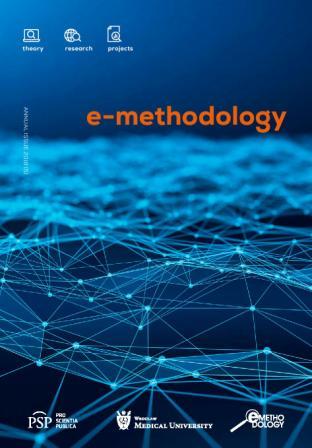Teaching methods matched with TEL tools to improve higher education within AduLeT project
Teaching methods matched with TEL tools to improve higher education within AduLeT project
Author(s): Ildikó SzabóSubject(s): Higher Education , Sociology of Education, Distance learning / e-learning, Pedagogy
Published by: Fundacja Pro Scientia Publica
Keywords: barriers for technology enhanced learning; higher education; TEL tools;
Summary/Abstract: Concepts discussed. E-learning has become a common way to teach and learn. The number of technologies for a variety of educational purposes is already quite large and constantly rising. Nevertheless, there is still a lack of formal training and support of digital skills within faculty training. The European ERASMUS+ project AduLeT (Advanced Use of Technologies in Higher Education) wants to improve the teaching quality of lecturers by enhancing their skills concerning the use of technologies in an advanced way. It also aims at training the lecturer on how a specific teaching method can be combined with a certain technology in addition to providing guidelines, best practice and strategy concepts for lecturers and universities. AduLeT has the primary target group of lectures at the partners’ universities. Results and conclusions. The analysis of multiple studies before the project identified: the following barriers concerning the advanced use of learning technologies in higher learning: (1) time, (2) motivation, (3) institutional/cultural factors and (4) self-effi cacy/self-confidence. As higher education lecturers face almost the same barriers to a different extend in many different countries, the aim of AduLeT is to provide lecturers an environment with helpful information for their teaching. A support system is implemented as a community of practice (CoP) with all the results of the project and driven by pedagogical aspects. Original approach. This article gives an insight into the project, and discusses the barriers that were identified within the scope of the project among the Hungarian participants.
Journal: e-methodology
- Issue Year: 6/2019
- Issue No: 6
- Page Range: 119-127
- Page Count: 9
- Language: English

